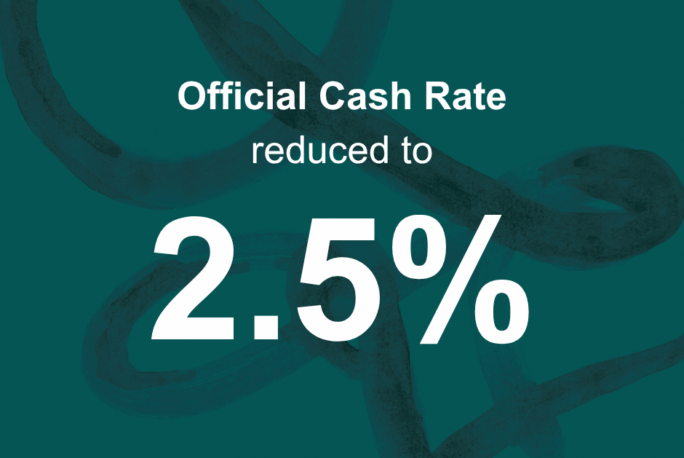

What is the FIF regime?
The FIF regime is a set of New Zealand tax rules that apply when a New Zealand tax resident holds certain types of foreign investments. This is typically shares or interests in foreign companies or funds and the total cost of these exceeds $50,000 NZD (for individuals).
Instead of taxing you only on actual income (e.g. dividends), the FIF regime often taxes you on a deemed return, even if you didn’t actually receive that income.
There are 2 types of Managed Funds you could hold:
If you invest in a New Zealand-domiciled managed fund, even if the fund itself invests overseas (e.g. into global shares), you are generally not subject to the FIF regime personally. That’s because:
You invest $100k into Synergy Growth Fund, which buys international shares. Synergy handles FIF rules behind the scenes – you do not need to file or calculate anything.
2. Foreign Managed Funds (e.g. Vanguard ETFs bought directly overseas)
If you buy foreign-domiciled managed funds (e.g. directly buying Vanguard or BlackRock ETFs on the US stock exchange), then you may fall under the FIF regime, if:
How is FIF income calculated?
There are 5 calculation methods under the FIF regime. Most common for individuals are:
Fair Dividend Rate (FDR)
Example – You have $100,000 in a US mutual fund → You pay tax as if you earned $5,000, regardless of actual performance.
Comparative Value (CV)
Important notes:
| Type of Investment | FIF Applies? | Tax Handling |
| NZ managed fund (PIE) | No | Fund handles tax (via PIR) |
| AU listed shares (ASX) | No | Taxed on actual income |
| US mutual fund or ETF | Yes | You calculate deemed income (FDR or CV) |
| Foreign investment <$50k | No | Taxed on actual dividends/capital gains |
What do you need to do?
If you’re over the threshold and hold foreign funds directly, you or your accountant need to:
Still unsure?
Talk with the experts. Book in a time to chat with one of our investment specialists at Apex Advice. We have options for investing into NZ PIE based investments and can ensure you are investing into funds that are tax efficient.